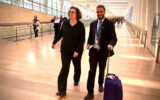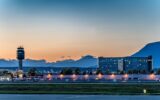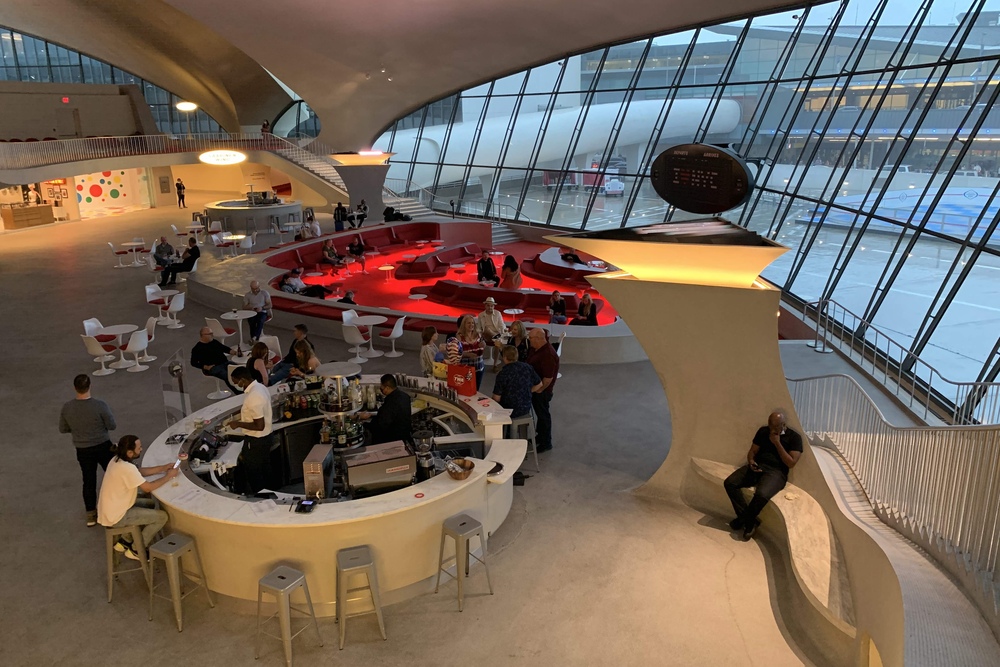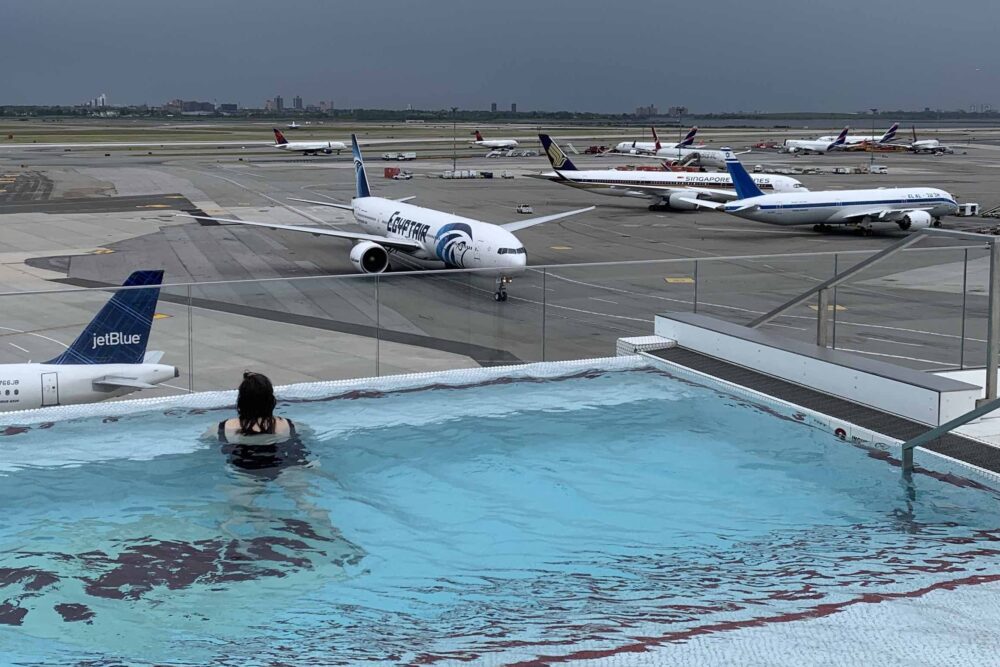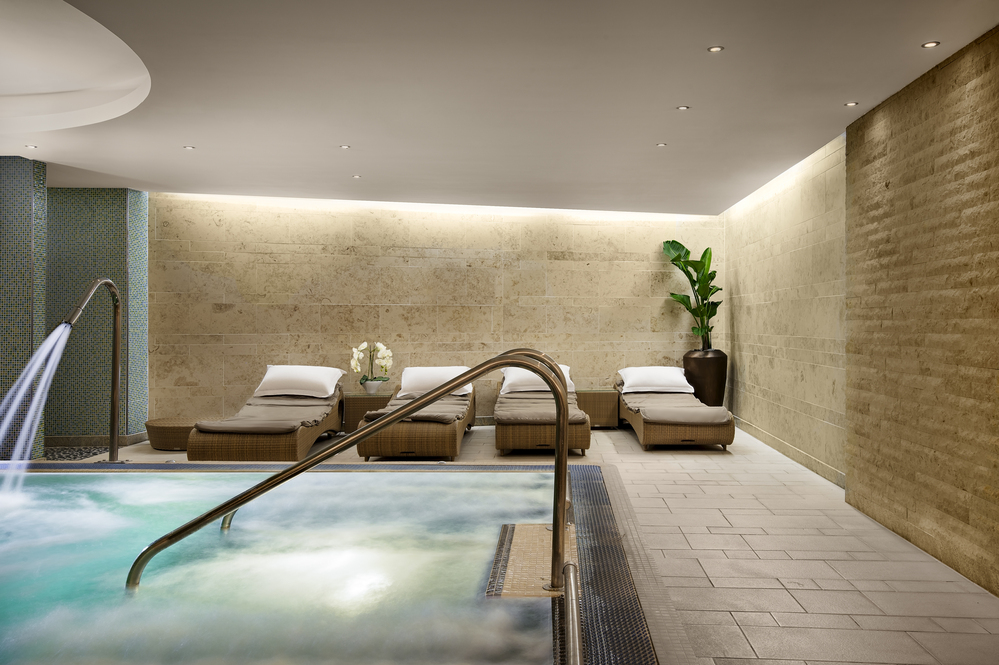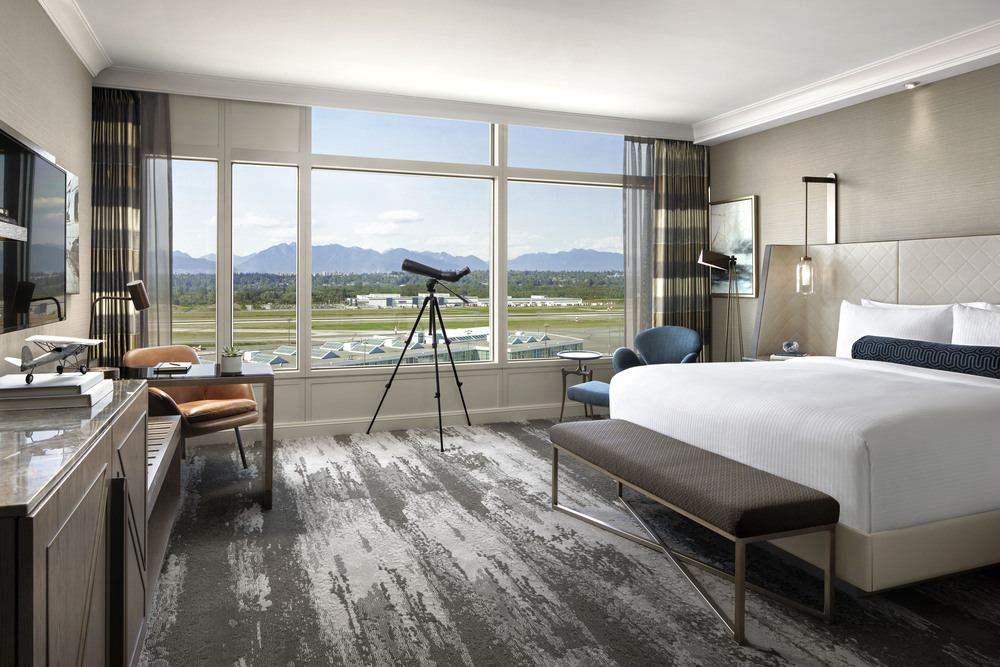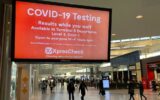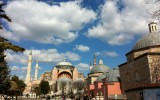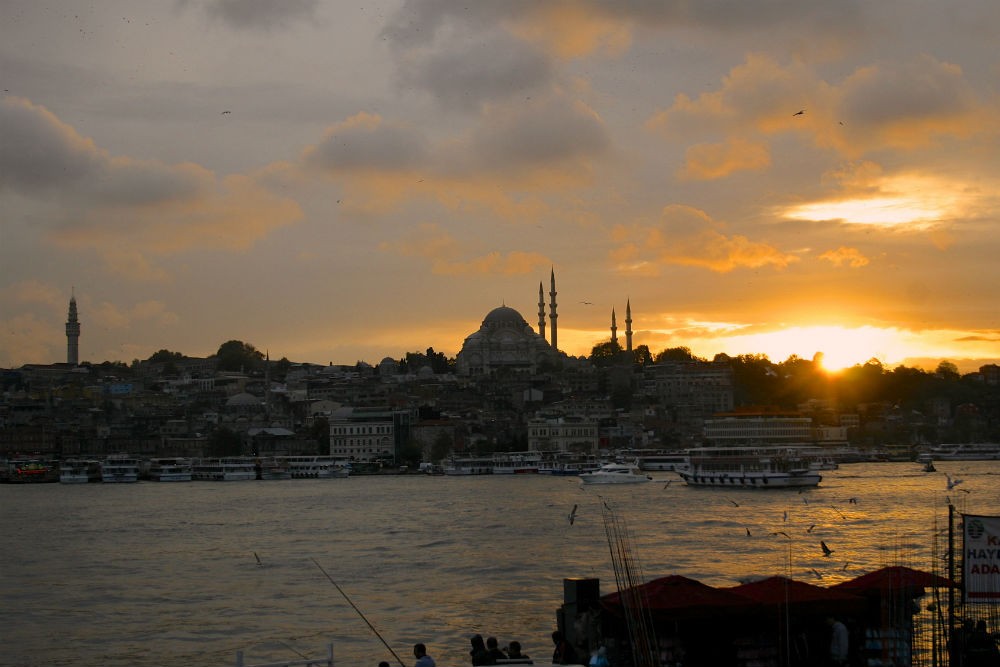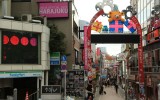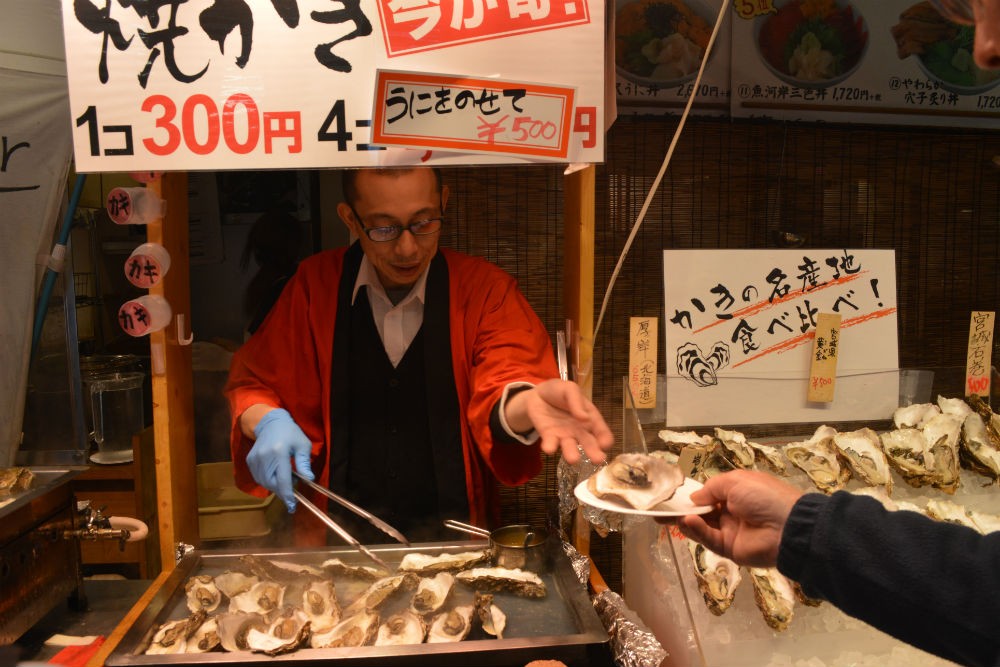One of the perks that well-connected travelers appreciate most is being expedited through airports. Did you know that WOW List travel fixers in many countries can make airport lines and hassles disappear and whisk you through like a VIP? It’s a great way to start or end a trip.
There was the time my family landed in Casablanca, for instance: We were led off the plane to a VIP lounge where we had canapés and cocktails while our passports were collected and stamped (by officials in some other room), then we scooped up our bags and were ushered to a waiting van. And there was the time we landed in Paris, were met at the jetway, and were led via back-door shortcuts to the front of the immigration line and then to our car—a process that took all of ten minutes. One place where fast-track treatment was a particular relief? Tel Aviv, where we were able to skip to the front of the long passport lines on both arrival and departure. (Above you see me with my airport fixer at Ben Gurion.) This VIP treatment is available to anyone who knows the right expediter and can pay the fee.
The tricks that WOW Listers have up their sleeves for expediting the airport process vary from country to country and from airport to airport. Learn more from the traveler reviews below. Most WOW Listers only offer these services when they are arranging your entire trip. But even if you’re already booked your trip and would like to add airport expediting in Europe this summer, we may be able to help; ask us via the black button below.
Cairo: “We loved this VIP process, since the airport was a madhouse when we landed at 5:30 AM…”

Sandy and Art Collins felt like VIPs in Giza too, when they had the Pyramids to themselves.
“We just returned from a 15-day trip to Egypt that Jim and Arlene expertly planned. We felt perfectly safe in Egypt and well cared for. The VIP process once we stepped off the plane in Cairo was flawless. At the jetway our first rep had a sign with our name and whisked us through the airport to a lovely private lounge with food and refreshments. We gave him our passports and luggage claim checks and he told us he would deal with immigration and fetch our luggage. We loved this VIP process, since the airport was a madhouse when we landed at 5:30 AM and doing this ourselves would not have been fun.
Thirty minutes later we were driven by private car to the Four Seasons Nile Plaza, which is a beautiful hotel. We already had a Nile-view room but somehow Arlene got us upgraded to a suite overlooking the Nile!! She also alerted every hotel and our cruise ship that it was our 35th anniversary, and we had a small cake with our Anniversary inscribed everywhere we visited—very thoughtful!” —Sandy Collins
Read more reviews of Egypt trips. To get your own WOW trip, start with our trip questionnaire, reached via the black button below.
Paris: “The WOW touch was apparent as soon as we stepped off the jet…. We effortlessly glided through the immigration process…”

The “WOW touch” continued for Cindy Kennedy and her husband when they got private access to Roland Garros, home of the French Open.
“Jennifer, for a second time, helped us plan a trip to France. The WOW touch was apparent as soon as we stepped off the jet. We will forever choose the Meet and Greet service! We effortlessly glided through the immigration process, guided by our greeter, Sofiane, who then introduced us to our driver. Upon returning to the airport at the end of our trip, our driver gave us over to the greeter, who expertly and quickly guided us to our gate. The ease at which we breezed through the airport each time was impressive!
In Paris, we thoroughly enjoyed an evening drive through the city in a vintage open-air Citroen that Jennifer arranged. Our knowledgeable driver made stops in front of several monuments that allowed us time to take some fun photographs. The monuments and the city take on a new look at night, swathed in lights. Paris is truly the City of Light.
Jennifer arranged a private tour of Roland Garros Stadium. We toured the stadium, getting a behind-the-scenes experience inside and out, top to bottom. As we walked through the hallway that leads to the main court, our guide replayed an announcement once used to introduce Nadal and Djokovic before a finals match. Goose bump time! Another highlight of our trip was a fabulous concert at Saint-Chapelle. Jennifer secured VIP front-row seats. Incroyable!” —Cindy Kennedy
Read more reviews of France trips. To get your own WOW trip, start with our trip questionnaire, reached via the black button below.
Turks & Caicos: “Michelle also provided Fast Track services at the small and extremely crowded airport…”
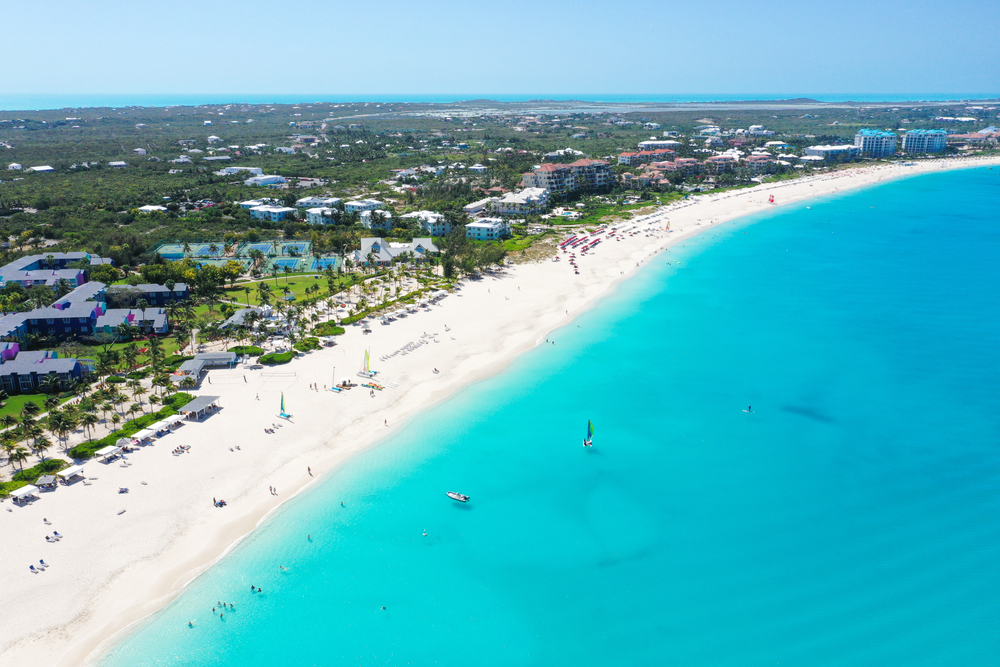
A quintessential white-sand beach and turquoise waters in Turks and Caicos. Photo: Shutterstock
“Our WOW trip advisor, Michelle’s magic touch made for the perfect vacation for my husband, 2 daughters, son-in law and 2 grandsons (ages 6 & 11). Michelle recommended Beaches All-Inclusive Resort Turks & Caicos to us, and it was the perfect spot to fulfill our needs and made every family member extremely happy.
At her suggestion we splurged on Butler services, and that made all the difference: We had reserved and fully stocked Cabanas at the pool or beach of our choice each day. Never a wait at any of the restaurants as the butler escorts us in. Happy hour and late-night snacks brought to our villa each day etc. etc. etc. The amenities received were well worth our ‘splurge’ indeed.
Michelle also provided Fast Track services at the small and extremely crowded airport in Turks. We were met by a rep upon arrival as well as departure and quickly escorted through the processes without having to wait on hours-long lines. A blessing indeed! ” —Anita Kreitman
To get your own WOW trip, start with our trip questionnaire, reached via the black button below.
Amsterdam: “We would HIGHLY recommend the VIP treatment when you arrive in Amsterdam if you were flying all night…”
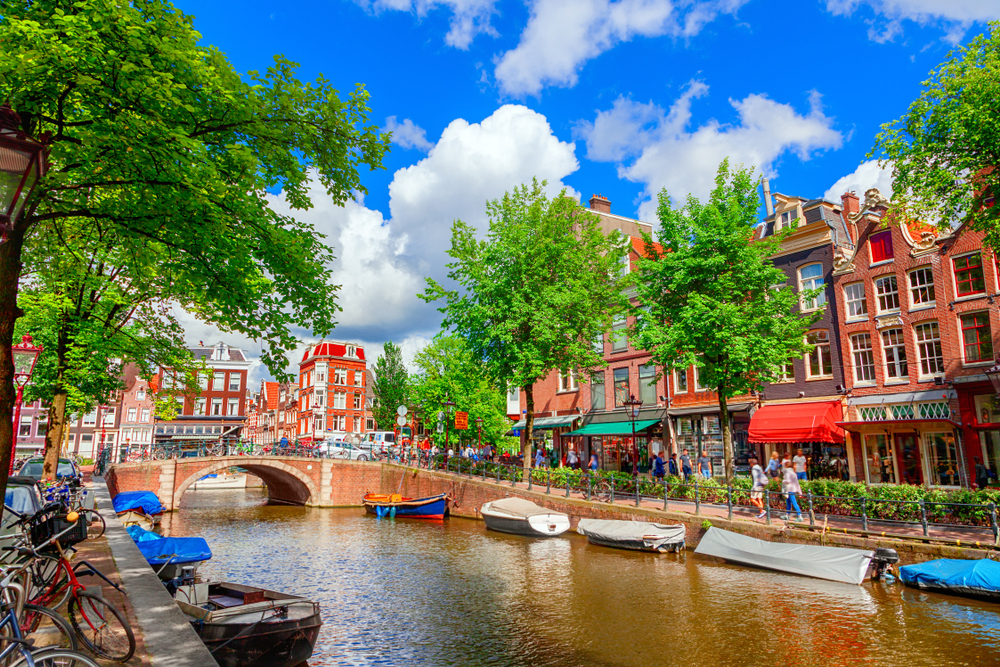
With VIP arrival service, you’ll be fresh enough to walk Amsterdam’s canals on your first afternoon. Photo: Shutterstock
“Our trip to Holland and Belgium was fantastic. Tom was great to work with. Every hotel was unique to the city we were in, and all 4/5 star. Transportation was seamless as we changed locations 8 times in 16 days.
We would HIGHLY recommend the VIP treatment when you arrive in Amsterdam if you were flying all night like we did. We were served breakfast in a very nice living room while our luggage went through customs. When we were finished with breakfast, we went downstairs where we showed our passport and jumped in the car. Well worth it.” —Mike Hartmann
Read more reviews of trips to the Netherlands and Belgium. To get your own WOW trip, start with our trip questionnaire, reached via the black button below.
Athens: “The in-airport assistance they arranged in Athens was something I’d never had, never thought I needed, and will never live without again…”
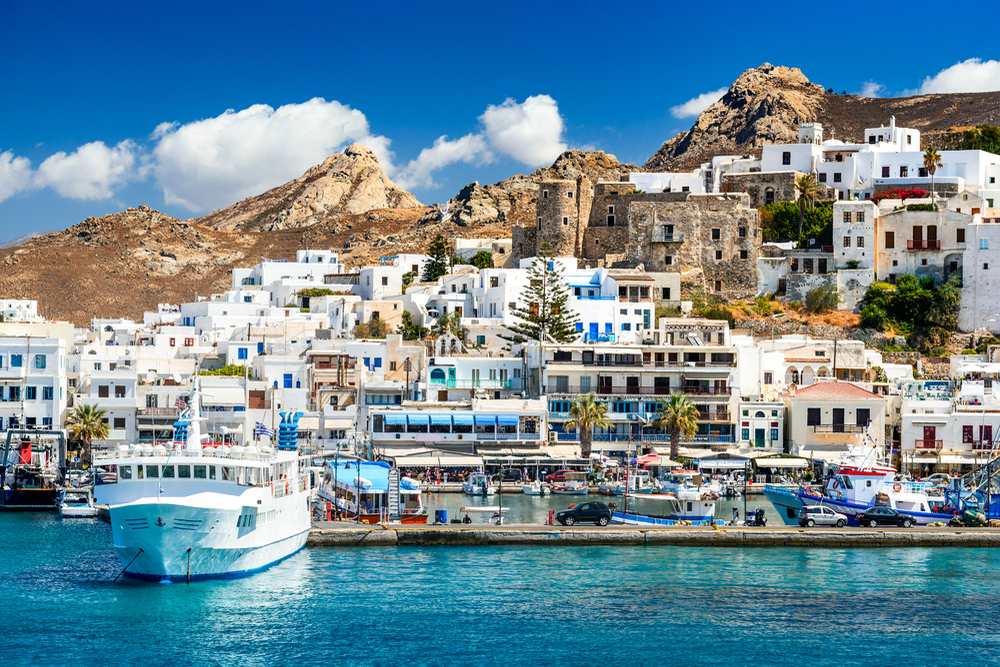
Naxos Island, Greece. Photo: Shutterstock
“This was a pretty flawless trip. I’ve been to the Greek Islands several times at different points in my life. I was bringing someone new to Greece as a celebration of her retirement. Mina and I debated Santorini (because of the insufferable crowds) and decided everyone has to see it once, so we went. Her choice of a small, four-room mini-hotel on the Caldera in Fira was perfect. The view was breathtaking, and they brought us fresh breakfast to be eaten on our porch every morning. We never wanted to leave.
We also wanted a nice mix of free time and planned touring to see beyond the main harbor town or commercial area of the island. Again, home runs. The tours we had of the villages in Naxos and Paros and the cooking class were really well done, and our guides were all interesting, insightful and willing to talk about anything.
Basic logistics were beautifully handled. Tickets always appeared at our hotels the day before we needed them. The in-airport assistance they arranged in Athens was something I’d never had, never thought I needed, and will never live without again. They smoothed over so many details that are just complicated and anxiety-producing for the average traveler.” —Laurie Richter
Read more reviews of Greece trips. To get your own WOW trip, start with our trip questionnaire, reached via the black button below.
Paris: “They arranged greeters for us at CDG who whisked us through the airport and worked their magic so that we avoided the very long lines…”
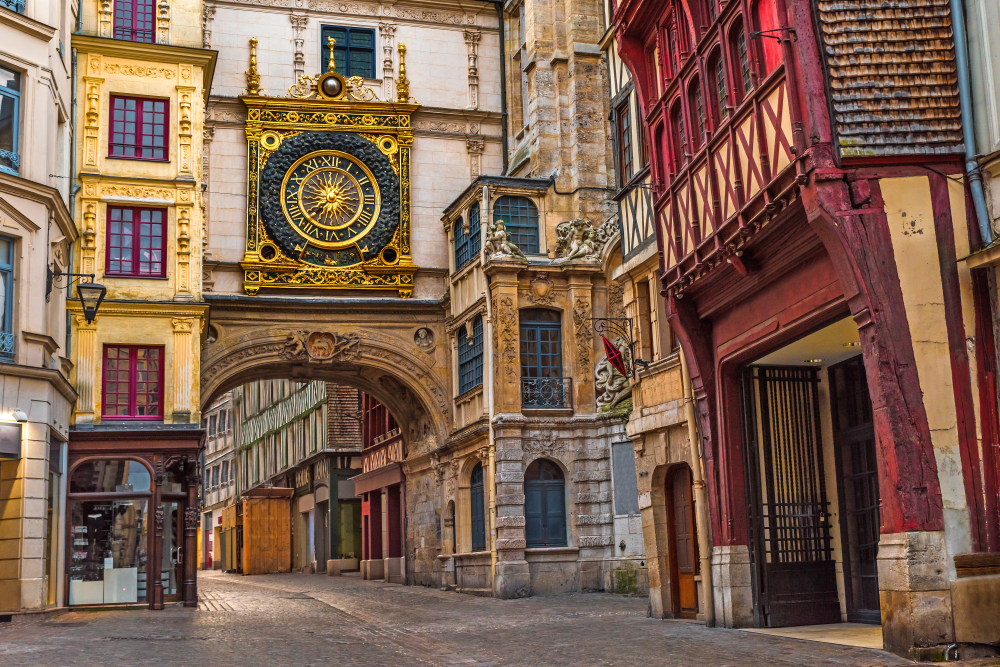
An expedited airport process means more time for must-sees such as the Gros Horloge of Rouen in Normandy. Photo: Shutterstock
“My husband and I just returned from a great 10-day trip to France organized by Michael and his staff. The itinerary they developed was perfect for us. First stop was the Loire Valley, where we toured several amazing chateaux and stayed in a lovely hotel in Amboise, a charming town. Next stop was St. Malo, where we got a great feel for the lovely region of Brittany and a hotel room overlooking the English Channel. Then on to Mont Saint-Michel, which was a highlight (and surprisingly crowded for May, good thing we had an excellent guide to get us around the crowds!). Then on to Bayeux, our base for the Normandy/D-Day beaches tour. Next stop was an amazing hotel in Honflour after a guided tour of the highlights of the Pays d’Auge region—and stops at a cheese factory and a picnic at a cider/calvados producer. The final stop was in Giverny, where we saw the Monet sites in all their springtime glory and had an amazing final dinner at our small but beautiful hotel.
All of our dinner reservations were made by Michael’s office as well, after consultation with us, and every meal was excellent. We requested “non-tourist” places that were within walking distance from our hotels, and they delivered in every location. They also arranged greeters for us at CDG who whisked us through the airport and worked their magic so that we avoided the very long lines at passport control and customs. We were through the airport in no time, and that was amazing.
We are convinced that the value provided by local travel planners on The WOW List is absolutely worth it. Seamless transportation and transfers, no worries about luggage security, amazing guides, and great attention to detail throughout our time in France made the trip extra special.” —Lisa Newmark
Read more reviews of France trips. To get your own WOW trip, start with our trip questionnaire, reached via the black button below.
Be a smarter traveler: Sign up for Wendy’s weekly newsletter to stay in the know. Read real travelers’ reviews, then use the black CONTACT buttons on Wendy’s WOW List to reach out to the right local fixer for your trip.

